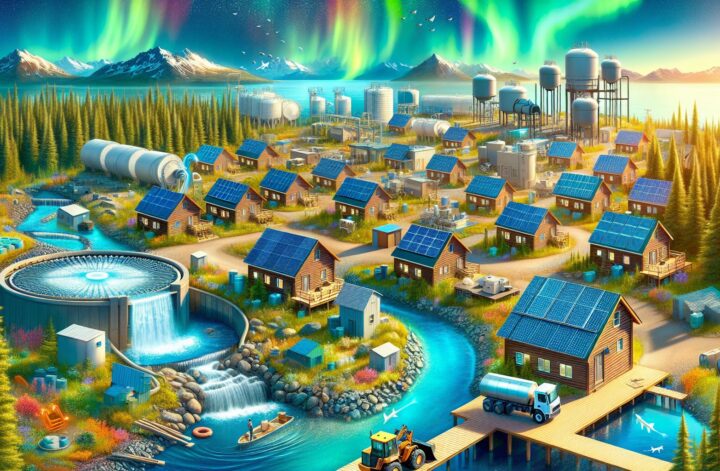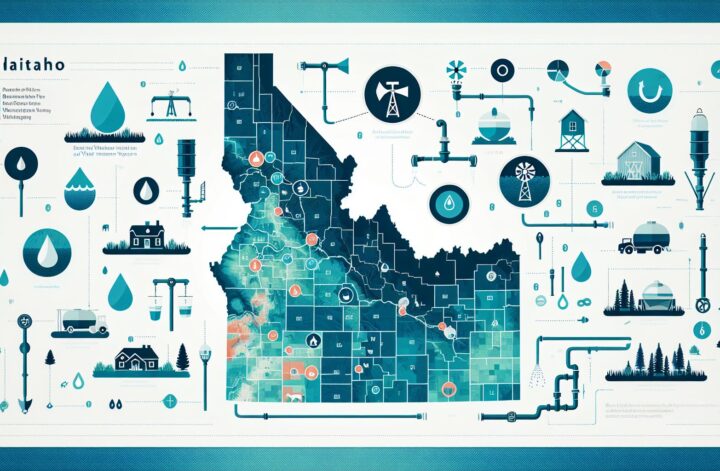Idaho, known for its sprawling landscapes and breathtaking wilderness, faces an ongoing challenge: providing efficient water and wastewater systems to its rural communities. This issue is not singular to Idaho; many rural communities across the United States encounter similar hurdles.
Even though Idaho is surrounded by bodies of water, ranging from rivers to lakes, access to clean water remains a serious hurdle for many rural communities (1). This problem consistently requires innovative solutions, as the combination of long distances, sparse populations, and heavily fluctuating seasonal demands can make traditional water and sewer systems economically infeasible.
The typical water supply in rural Idaho is sourced from private wells, while wastewater systems heavily rely on septic systems(2). The functionality of these systems can drastically vary based on the region’s geographical makeup, specifically concerning the soil. Areas with permeable soil are more efficient in treating wastewater via septic systems as the soil helps to filter and treat the wastewater naturally. On the contrary, areas with less permeable soil can pose issues regarding the efficiency of these systems and can even lead to contamination of local groundwater sources.
To aid in the challenge of providing clean water to rural Idaho, organizations like the Idaho Rural Water Association (IRWA) have stepped in, offering critical training and technical assistance to water professionals in the state (3). Through support from the IRWA and similar organizations, these small communities can ensure they are providing their residents with safe and clean drinking water, and effectively treating wastewater.
Proactive steps have also been taken to upgrade and modernize Idaho’s rural water and wastewater systems. This involves investing in new infrastructures like central treatment plants, pipeline networks, and advanced septic systems. However, these upgrades require significant funding, thus making federal and state grants, low-interest loans, and other financial assistance critical to their success.
In conclusion, the challenge of providing reliable water and wastewater systems in rural Idaho continues to be a priority. Organizations are stepping up to the plate to provide training, technical aid, and financial resources to spur growth and advancement in this area. As Idaho continues to grow, so will the commitment to ensuring all residents have access to clean, safe water.
Sources
1. U.S Environmental Protection Agency
2. University of Idaho Extension
3. Idaho Rural Water Association










